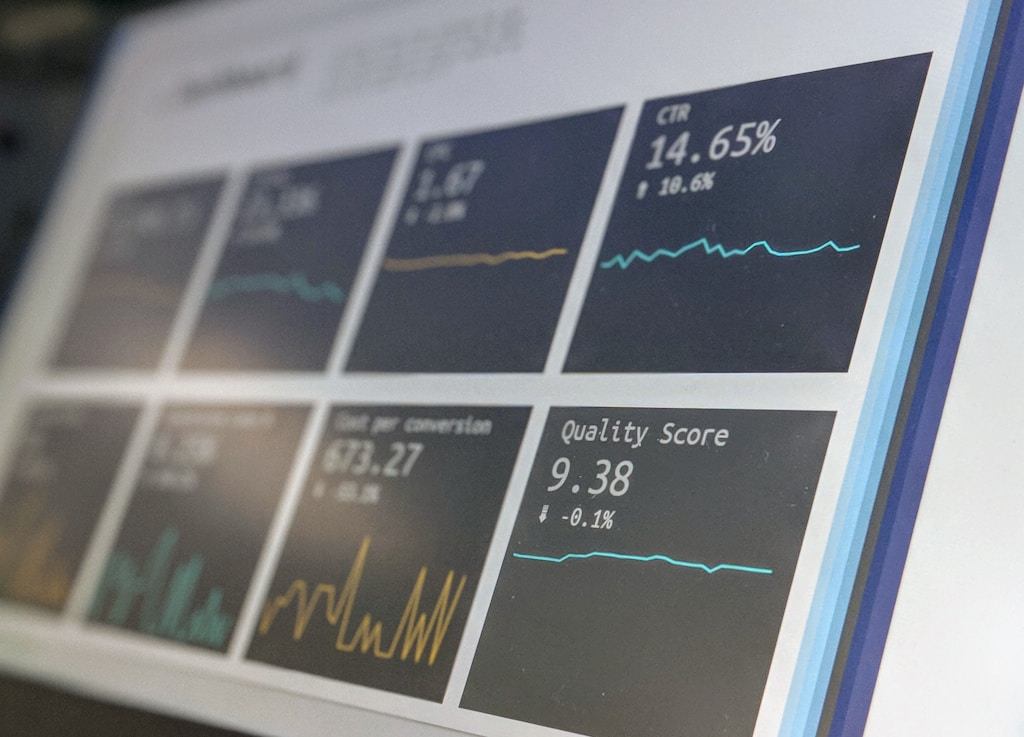A groundbreaking investigation by Paradigm researcher Samczsun has revealed that North Korea’s cryptocurrency hacking operations extend far beyond the notorious Lazarus Group, unveiling a complex web of state-sponsored cyber threats targeting the digital asset sector.
Key Findings from Paradigm’s Investigation
The comprehensive analysis shows multiple distinct hacking groups operating under North Korea’s cyber command structure, with sophisticated attack vectors that have evolved beyond the traditional methods associated with the Lazarus Group. Recent crypto malware attacks demonstrate similar patterns of sophisticated state-sponsored operations.
Breaking Down North Korea’s Cyber Arsenal
- Multiple independent hacking units working in parallel
- Advanced social engineering tactics
- Custom malware development
- Cross-chain attack capabilities
Financial Impact and Security Implications
The expanded scope of North Korean operations poses unprecedented risks to cryptocurrency exchanges, DeFi protocols, and individual holders. Security experts estimate the total potential impact could exceed previous years’ losses.
SPONSORED
Trade securely with advanced security features and real-time threat monitoring
Expert Recommendations
Security researchers recommend implementing enhanced security measures, including:
- Multi-factor authentication
- Hardware wallet usage
- Regular security audits
- Employee training programs
FAQ Section
How many North Korean hacking groups are currently active?
According to Paradigm’s research, at least five distinct groups operate under the state’s cyber command.
What are the primary targets of these operations?
DeFi protocols, cryptocurrency exchanges, and high-value individual wallets remain primary targets.
How can users protect themselves?
Implementing strong security practices, using hardware wallets, and staying informed about latest threats are essential protective measures.
